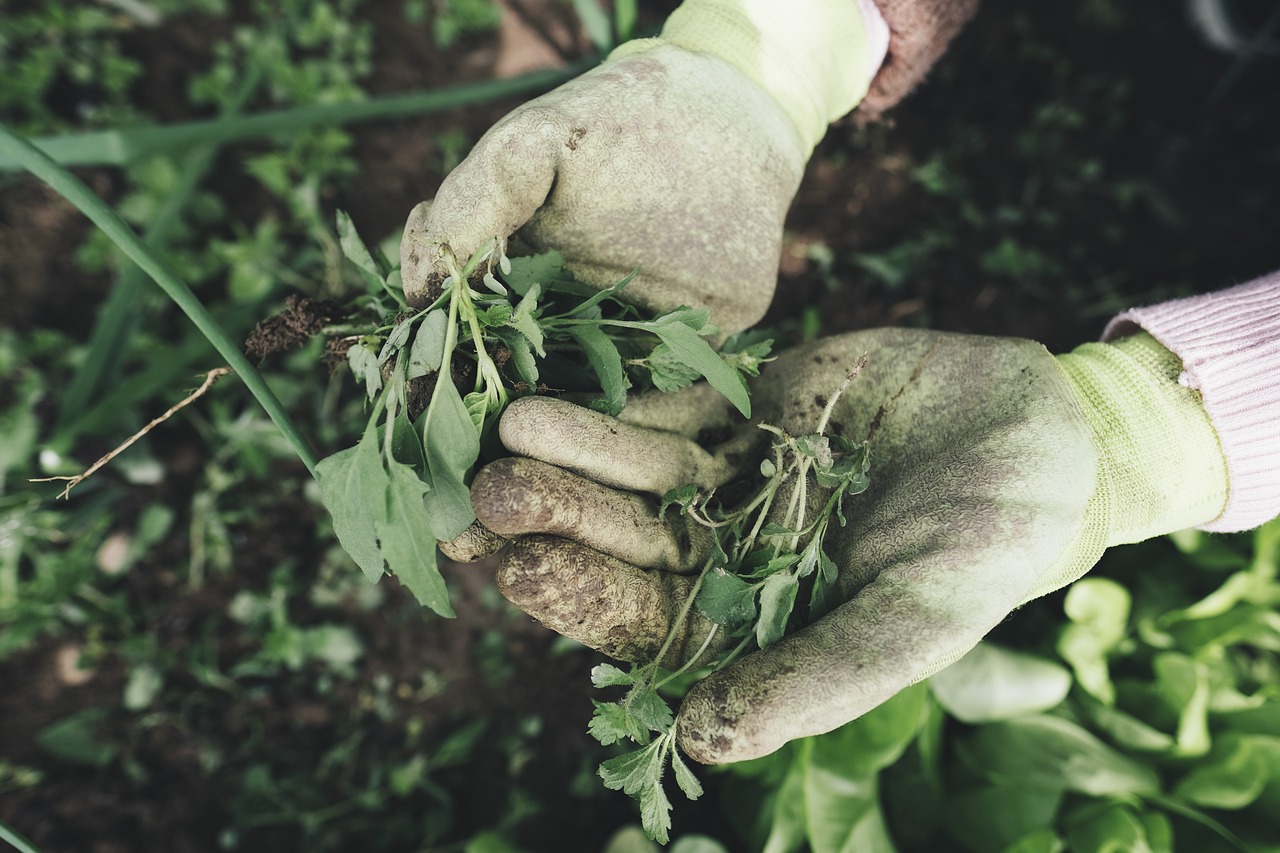
Pre-reading questions:
I will read each question. Then, please answer them.
- What are some benefits of indoor gardening? How might it differ from traditional outdoor gardening?
- Have you ever heard of smart indoor gardening systems? What features do you think they might have?
Vocabulary:
I will read the words, meanings, and sample sentences. Then, repeat after me.
- annually /AN-yoo-uh-lee /
- sophisticated /suh-FIS-ti-key-tid/
- expansion /ik-SPAN-shuhn/
- primary /PRAHY-mer-ee/
- technological /tek-nuh-LOJ-i-kuhl/
[adverb] – once a year; yearly
We celebrate our anniversary annually with a special dinner.
[adjective] – complex, advanced, and intricate
The smart indoor gardening system comes with a sophisticated sensor for monitoring plant health.
[noun] – the act of increasing in size or volume; growth
The company planned an expansion of its product line to meet increasing demand.
[adjective] – first or highest in rank or importance; main
the primary goal of the research was to understand consumer preferences
[adjective] – relating to technology or the use of advanced machinery
The company invested in technological solutions to improve efficiency.
Article reading:
Please read the whole article. Then, I will check your pronunciation and intonation.
The Smart Indoor Garden Market, valued at about USD 122.75 million in 2022, is expected to reach approximately USD 225.70 million by 2029. This growth, projected at a rate of 9.09% annually from 2023 to 2029, is fueled by the increasing trend of city living. The market caters to urban dwellers, providing sophisticated indoor gardening systems with features like self-watering and smart soil control, making plant care more accessible. Expected enhancements in smart lighting and nutritional systems are anticipated to further drive market expansion. Researchers employed primary research and data triangulation to study market dynamics, considering factors such as market drivers, restraints, technological advancements, and trends. The report also incorporates PORTER analysis to evaluate market competitiveness and PESTLE analysis for external factors.
Global urbanization, with 80% of the population residing in cities, fuels the demand for indoor gardening like vertical farming and smart greenhouses. Beyond aesthetics, indoor gardening aligns with the growing trend of IoT-based smart home gardening. These systems, connected to apps and AI appliances, enable remote plant monitoring. The Smart Indoor Garden Market is booming, driven by IoT integration with platforms like Alexa and Google Home, allowing remote health monitoring. Despite setup costs and weather challenges, the market thrives on global indoor gardening demand and green technology advancements. Urbanization, aesthetics, and IoT are key growth drivers.
Global urbanization, with 80% of the population residing in cities, fuels the demand for indoor gardening like vertical farming and smart greenhouses. Beyond aesthetics, indoor gardening aligns with the growing trend of IoT-based smart home gardening. These systems, connected to apps and AI appliances, enable remote plant monitoring. The Smart Indoor Garden Market is booming, driven by IoT integration with platforms like Alexa and Google Home, allowing remote health monitoring. Despite setup costs and weather challenges, the market thrives on global indoor gardening demand and green technology advancements. Urbanization, aesthetics, and IoT are key growth drivers.
Comprehension questions
I will read each question. Then, please answer them based on the article.
- According to the article, what is the expected growth rate of the Smart Indoor Garden Market annually from 2023 to 2029?
- What features do sophisticated indoor gardening systems offer to urban dwellers?
- How does global urbanization contribute to the demand for indoor gardening?
- What role does technology play in the growth of the Smart Indoor Garden Market?
- What are some key factors, other than aesthetics, driving the Smart Indoor Garden Market’s growth according to the article?
Discussion questions
I will read each question. Then, please answer them.
- Have you ever tried to improve your nutrition by changing your eating habits? If so, what changes did you make, and did you notice any positive effects on your health? If not, do you think making small changes in your diet could impact your well-being? Why or why not?
- When it comes to restraint in daily life, have you ever had to show restraint in a challenging situation? How did you manage it, and what was the outcome?
- Do you agree that the demand for smart indoor gardening systems is influenced by global urbanization trends?
- How might the integration of smart gardening systems impact the way people interact with nature in urban environments? Consider both positive and negative aspects.
- What potential challenges or restraints might arise in the widespread adoption of vertical farming, especially in densely populated cities? How could these challenges be addressed?